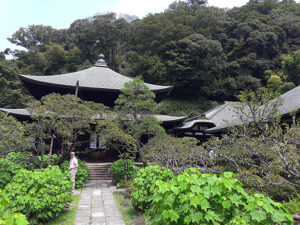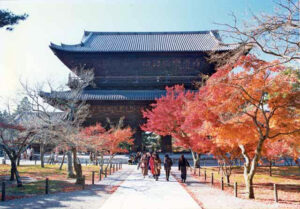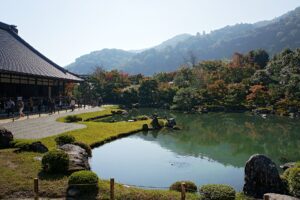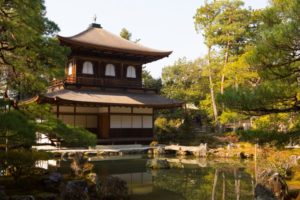Episode 548 – The Five Mountains, Part 2
Manage episode 443537517 series 1755874
This week’s footnote is a continuation of last week’s discussion of the gozan, or five mountain system for the ranking of Zen temples. What did the system look like at its height under Ashikaga rule, and how did its relationship to the Ashikaga begin to transform the practice of Zen within the temples themselves?
Sources
Collcutt, Martin. “Zen and the Gozan”, in The Cambridge History of Japan, Vol III: Medieval Japan.
Collcutt, Martin. Five Mountains: The Rinzai Zen Monastic Institution in Medieval Japan
Hoover, Thomas. The Zen Experience: The Historical Evolution of Zen Through the Lives and Teachings of its Greatest Masters.
Besserman, Perle and Manfred Steger. Crazy Clouds: Zen Radicals, Rebels & Reformers.
Images





9 episodi




